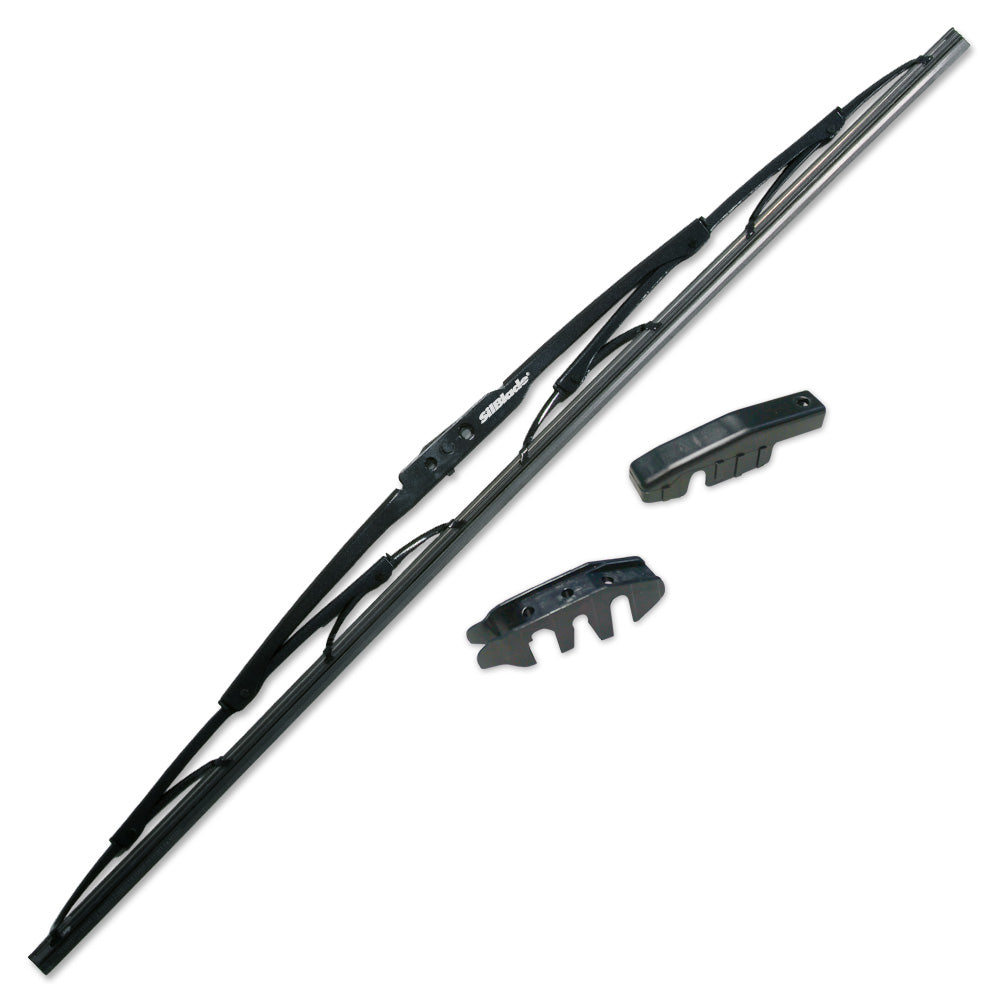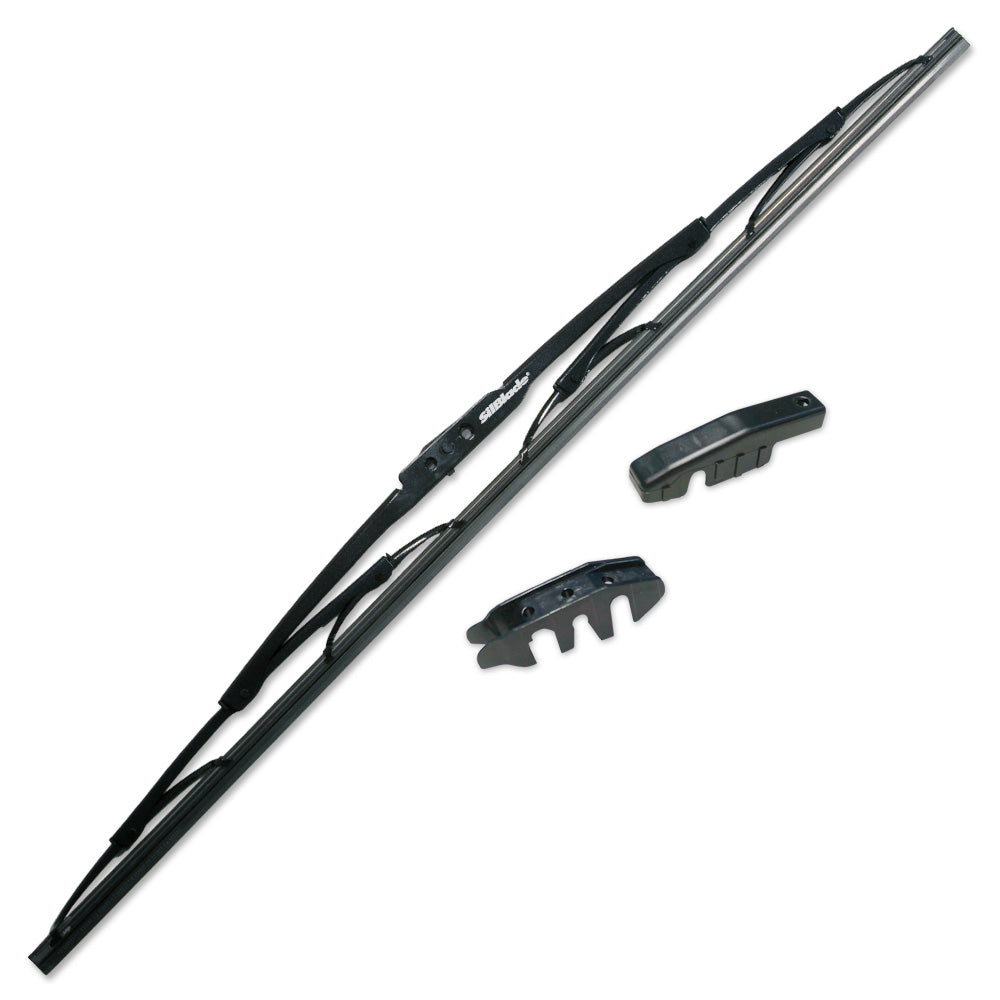When and How to Change Your Wiper Blades
While your vehicle’s windshield wipers are often neglected, and typically only thought about when it’s raining, they are still in need of replacements more frequently than we think. Being able to see through your car’s windshield is a fundamental element of driving. So, to properly clear away rain, sleet, and snow, it’s imperative to maintain your wiper blades regularly for ultimate visibility, efficiency, and dependency.
SilBlade® recommends replacing your wiper blades at least once a year or as soon as you notice a difference in visibility. Wiper blades should also be inspected during your oil change to ensure their functionality. Your wiper blades are designed to go over your windshield in a swift, smooth motion, so when the blades no longer make proper contact with your vehicle’s windshield, you’ll notice a squeaking noise or streaks on the surface of your windshield.
Just as important as it is to get frequent oil changes and car inspections, replacing your windscreen wipers should be a part of the process of caring for your vehicle. Keep reading to learn more about determining when the right time is to change your windshield wipers and for a step-by-step guide on how to change windshield wipers.

How to Determine When It’s Time to Change Your Wiper Blades
Wiper blades may deteriorate quicker than you expect. Many environmental factors such as the sun, rain, and airborne debris can wreak havoc on your wiper blades. Oil from car waxes and exhaust fumes can also be bad for your windshield wipers. So, to determine when your vehicle needs replacement windshield wipers before their six-month expiration date, keep a look out for these specific signs:
- You hear squeaking sounds when your windshield wipers are in motion.
- There are visible cracks, tears, or pieces missing from the edges of your wipers.
- The wipers are inflexible, and therefore aren’t properly conforming to the shape of your windshield.
How to Change Wiper Blades: A Step-by-Step Process
Step 1: Raise the metal spring-loaded wiper arm, which holds the wiper blade, away from the windshield so it doesn’t snap back. Make sure it’s in a steady position and is raised towards the roof of your car.
Step 2: Unhook the old wiper blade by pressing the small plastic stopper or button. This will separate the blade from the metal arm.
Step 3: Insert the new wiper where the old wiper came from. Make sure it’s secure by hooking it into place. These same four steps can be followed for the second wiper blade change.
Like other parts of your vehicle, your windshield wipers don’t last forever. Make sure you’re changing your wipers as needed – especially if you are noticing signs that indicate their deterioration. Whether you need help with your wiper blades or any other feature of your vehicle, SilBlade® is here to help you.
Please contact us if you have questions or need additional information on SilBlade® wiper blades.




